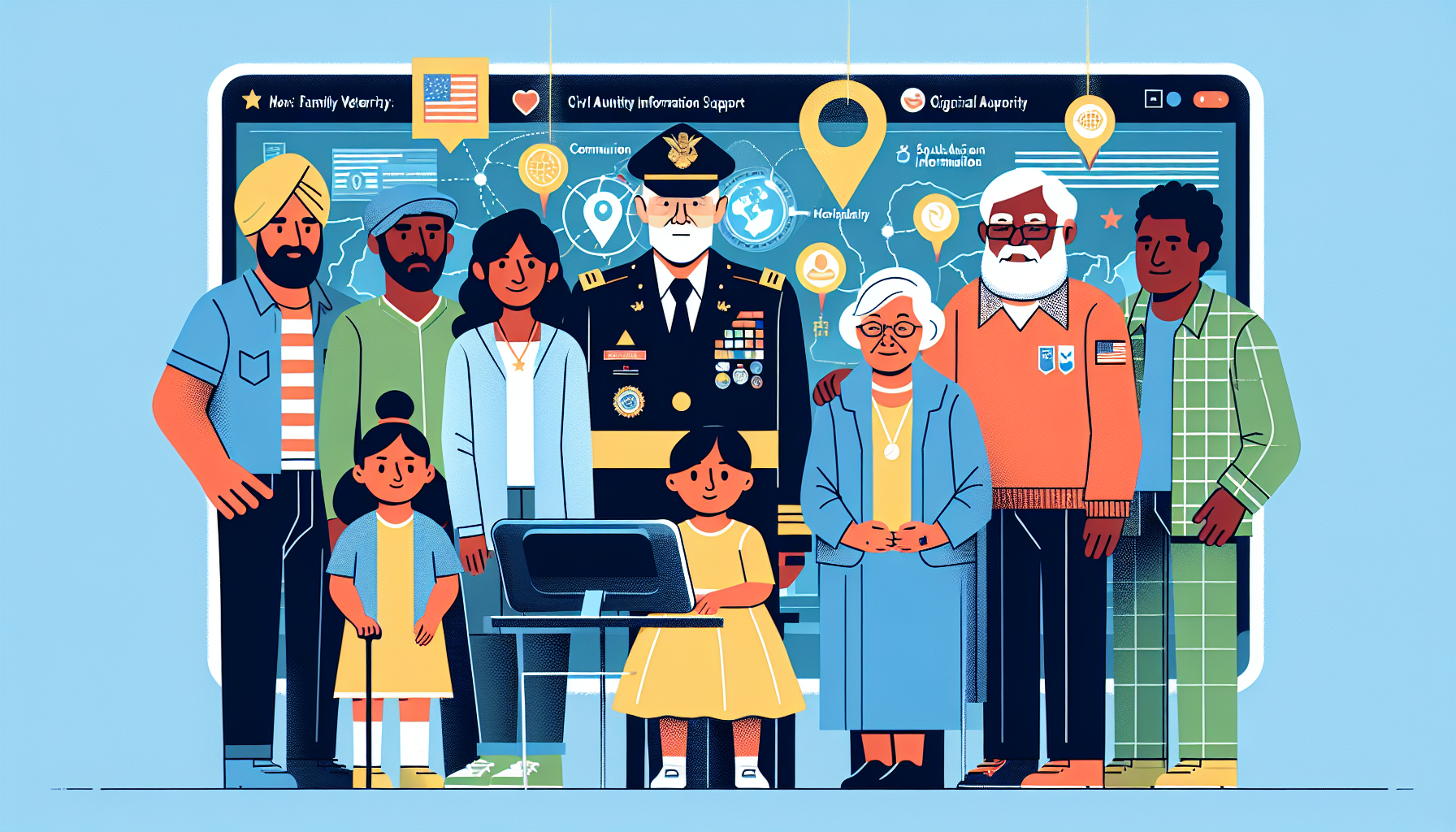Definition
Civil Authority Information Support (CAIS) refers to the provision of information, resources, and assistance by military forces to civil authorities, such as local governments and law enforcement agencies. The aim is to support their operations during emergencies, disasters, or civil unrest. CAIS typically involves sharing intelligence, expertise, and coordinating efforts to enhance public communication, safety, and overall effectiveness of the response.
Key Takeaways
- Civil Authority Information Support (CAIS) refers to the activities, resources, and communications used by military forces to assist civilian authorities in managing public information during crises, emergencies, or other specific events.
- The main purpose of CAIS is to facilitate accurate and timely information exchange between civil authorities and the public, ensuring transparency and effective communication in matters related to safety, security, and recovery efforts.
- CAIS activities may include public affairs support, media relations, social media engagement, and community outreach, all aimed at fostering a positive relationship between military forces, civilian authorities, and the general population in an area of operations.
Importance
Civil Authority Information Support (CAIS) is a crucial aspect of military operations as it bridges the gap between military forces and civil authorities, ensuring seamless coordination, communication, and cooperation during missions.
CAIS encompasses the sharing of vital information, joint decision-making, and the provision of necessary resources to civil authorities for the effective management of complex situations, such as natural disasters, security threats, and humanitarian crises.
By fostering a strong relationship between military and civil domains, CAIS not only enhances the effectiveness and efficiency of military operations but also bolsters public confidence in the institutions responsible for safeguarding lives, property, and national security.
Explanation
Civil Authority Information Support (CAIS) serves a vital purpose in military operations, particularly when it comes to facilitating collaboration and coordination between military forces and civilian authorities. The primary objective of CAIS is to enable the seamless exchange of information and provide comprehensive situational awareness, ensuring that both military and civil entities are well-informed and can make data-driven decisions.
By improving communication and fostering a strong working relationship between these organizations, CAIS enhances the effective implementation of military support in disaster response, humanitarian aid, and other similar scenarios where civil-military cooperation is essential. In practical terms, CAIS usually takes the form of a liaison team or dedicated information-sharing platform where military personnel and civilian officials can collaborate on planning, decision-making, and resource allocation.
This unified approach ensures that military support is tailored to the specific needs and priorities of the civilian authorities and ultimately benefits the affected community. Furthermore, CAIS activities contribute to strengthening trust and mutual understanding between the two entities, which can result in more effective civil-military collaboration during future operations.
Thus, CAIS is not only crucial for the success of individual missions, but also serves as a significant component in the long-term development of robust civil-military partnerships.
Examples of Civil authority information support (CAIS)
Hurricane Katrina Response (2005): In the aftermath of Hurricane Katrina in the United States, the military provided extensive support to civil authorities by assisting in search and rescue, disaster relief operations, and distribution of essential supplies and services. Under the framework of CAIS, military personnel worked closely with the Federal Emergency Management Agency (FEMA) and other local civil authorities to coordinate efforts, share critical information, and effectively respond to the disaster.
Operation Tomodachi (2011): Following the Great East Japan Earthquake and consequent tsunami, the United States military conducted Operation Tomodachi to provide support and assistance to Japanese self-defense forces and civil authorities. Elements of CAIS were utilized to facilitate communication between the Japanese government, the U.S. military, and other relief organizations to support search, rescue, and reconstruction efforts in the affected areas.
European Migrant Crisis (2015-2016): During the peak of the European migrant crisis, military forces from various countries provided support to civil authorities in dealing with the influx of refugees and migrants. In countries such as Germany, Italy, and Greece, the military helped set up reception centers, provide logistical support to humanitarians, and assist in search and rescue missions for migrants at sea. CAIS played a vital role in ensuring effective communication and cooperation between military and civilian agencies, providing timely information on the evolving situation, and allocating resources accordingly.
FAQ: Civil Authority Information Support (CAIS)
What is Civil Authority Information Support (CAIS)?
Civil Authority Information Support (CAIS) is a military operation aimed at assisting civil authorities in disseminating accurate and timely information to the public during times of crisis or emergency situations. This may involve the use of military assets and personnel to support information and communication efforts.
What is the purpose of CAIS operations?
The primary purpose of CAIS operations is to support civil authorities in maintaining public safety, order, and confidence during a crisis or emergency situation. This may involve providing resources or support for public information campaigns, coordinating with various agencies, and ensuring reliable communication channels.
What kind of activities are involved in CAIS operations?
Activities in CAIS operations may include, but are not limited to, providing public affairs support, strategic communication support, media relations, crisis communication, social media management, and public information dissemination. These activities are designed to help civil authorities inform and engage with the public during challenging situations.
How do CAIS operations benefit civil authorities?
CAIS operations benefit civil authorities by providing additional resources, expertise, and support for their information and communication efforts. This can help ensure that the public remains informed, safe, and resilient during a crisis or emergency situation. Additionally, CAIS operations can enhance the credibility and effectiveness of the civil authority’s messaging.
What are some examples of situations where CAIS may be implemented?
Some examples of situations where CAIS may be implemented include natural disasters, public health crises, terrorist attacks, civil unrest, or any other incident that requires a coordinated and effective public information response from civil authorities. In such situations, the military can provide valuable support to help civil authorities manage communications and maintain public trust.
Related Military Operation Terms
- Disaster Response Assistance
- Emergency Management Coordination
- Information Sharing and Collaboration
- Public Safety Outreach
- Crisis Communication Strategies
Sources for More Information
- Joint Chiefs of Staff (JCS)
- U.S. Department of Defense (DoD)
- RAND Corporation
- Defense Visual Information Distribution Service (DVIDS)
 Benefits.com Advisors
Benefits.com Advisors
With expertise spanning local, state, and federal benefit programs, our team is dedicated to guiding individuals towards the perfect program tailored to their unique circumstances.
Rise to the top with Peak Benefits!
Join our Peak Benefits Newsletter for the latest news, resources, and offers on all things government benefits.




















